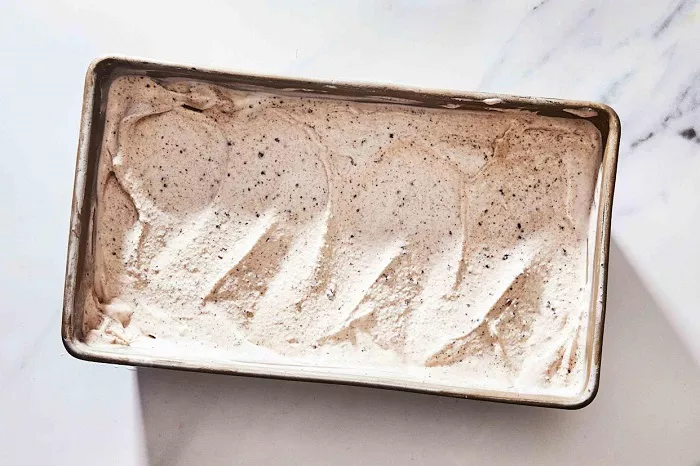Few things ruin dessert quite like discovering freezer burn on your favorite pint of ice cream. Whether it’s classic chocolate or a trendy flavor from the latest ice cream franchise, those unwelcome ice crystals can take the joy out of a simple treat. But is freezer-burned ice cream safe to eat, and how can it be prevented? Experts weigh in with answers and practical solutions.
Understanding Freezer Burn
Freezer burn is a result of moisture loss, a process known as sublimation, where water in the ice cream turns directly into vapor without becoming liquid first. According to Keith Schneider, a professor in the Food Science and Human Nutrition Department at the University of Florida, this results in the formation of ice crystals and a grainy, crunchy texture—far from the creamy delight ice cream is meant to be.
Is It Still Safe to Eat?
The good news: yes, it’s safe. Schneider assures that freezer-burned ice cream poses no health risk, as most pathogens can’t thrive below 40°F—and ice cream is typically stored at 0°F. However, the quality may be compromised. If freezer burn is minimal, scraping off the top layer can help recover the flavor beneath. But if the container has been sitting for over two months, the texture and taste may be severely affected.
Tips to Prevent Freezer Burn on Ice Cream
To keep your favorite scoop shop flavor in perfect condition, try these expert tips:
Preserve the Protective Layer: Don’t discard the original plastic seal. If it’s missing, place wax paper or plastic wrap over the surface before replacing the lid.
Seal Tightly: Ensure the lid is fully closed to limit exposure to air and moisture. Unsealed containers—especially from budget or newer yogurt franchise opportunities—are more prone to freezer burn.
Store It Smart: Keep ice cream at the back of the freezer, where temperatures are more stable. Storing it upside down can also reduce the risk by forcing melted portions toward the lid.
Avoid Microwaving: Let ice cream sit at room temperature for a few minutes instead. Microwaving can cause melting and refreezing, increasing the chance of ice crystal formation.
Slice to Serve: For hard pints, slicing through the carton can make serving easier and reduce repeated thawing and refreezing.
Can You Fix Freezer-Burned Ice Cream?
If caught early, freezer burn can be remedied. Use a spoon or knife to carefully remove the affected top layer. But if the entire container is covered in thick ice crystals or the taste and smell seem off, it’s best to toss it.
FAQs
How long does it take for freezer burn to appear?
Typically, freezer burn can develop within two to four months. Homemade varieties may be affected in as little as one month.
What does it look like?
Ice crystals on the surface or sides of the container signal freezer burn. It can range from light frost to chunky ice patches.
How do you know if ice cream has gone bad?
Beyond freezer burn, spoilage signs include a sour odor, color changes, or a slimy texture. Containers that are leaking or bulging due to temperature fluctuations should also be discarded.
Protecting Your Sweet Investment
Whether you’re indulging in a limited-edition flavor from the latest ice cream franchise or enjoying a family-sized tub from your local supermarket, following these storage tips will help you enjoy your ice cream the way it was meant to be: smooth, flavorful, and freezer-burn free.
Related topics
- Hilltop Ice Cream Opens Second Location in Woodfin
- Brockton’s Social Bookstore and Ice Cream Café Champions Literacy
- Pennsylvania Launches “Scooped” Ice Cream Trail Featuring 51 Local Creameries


